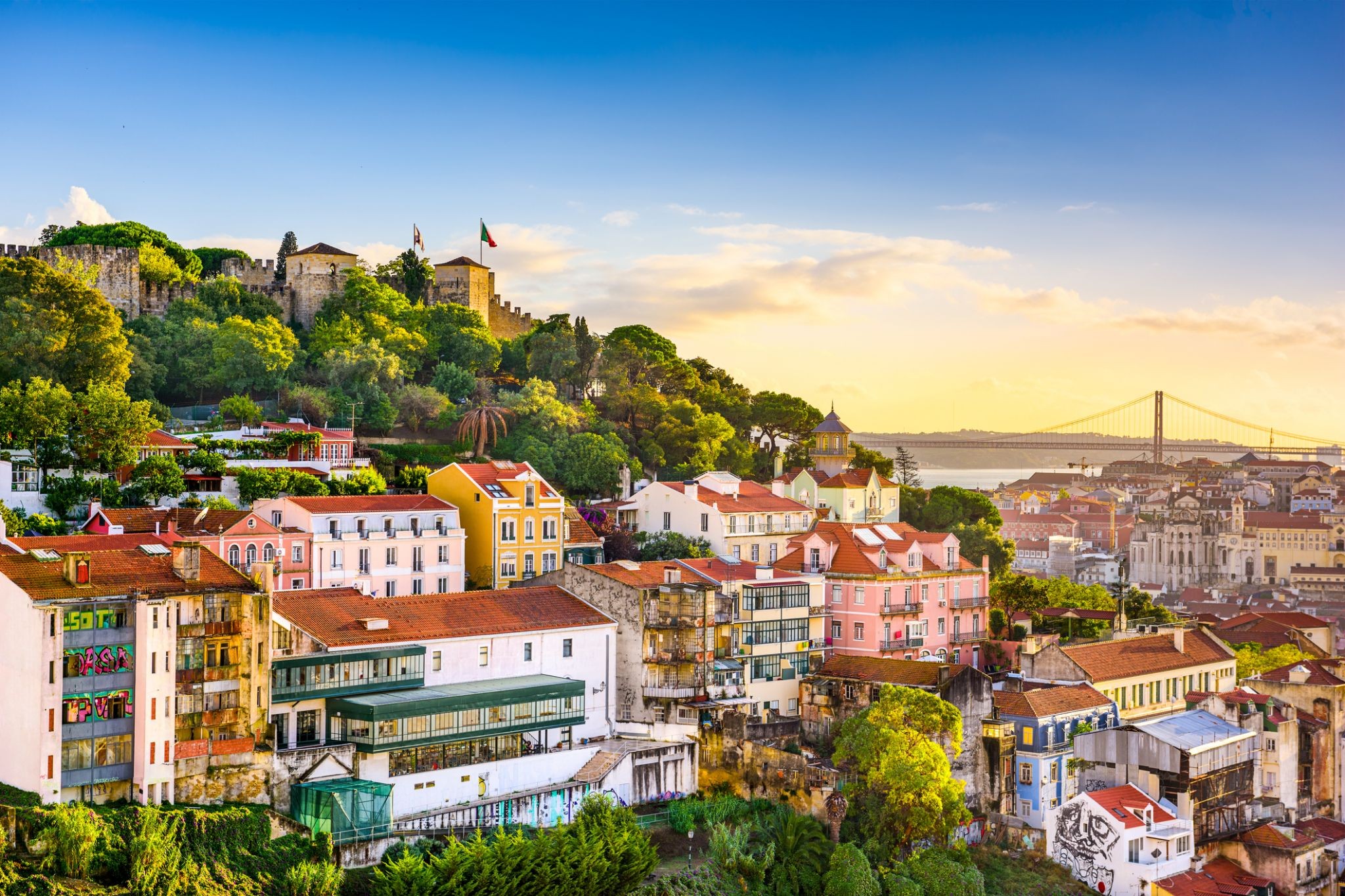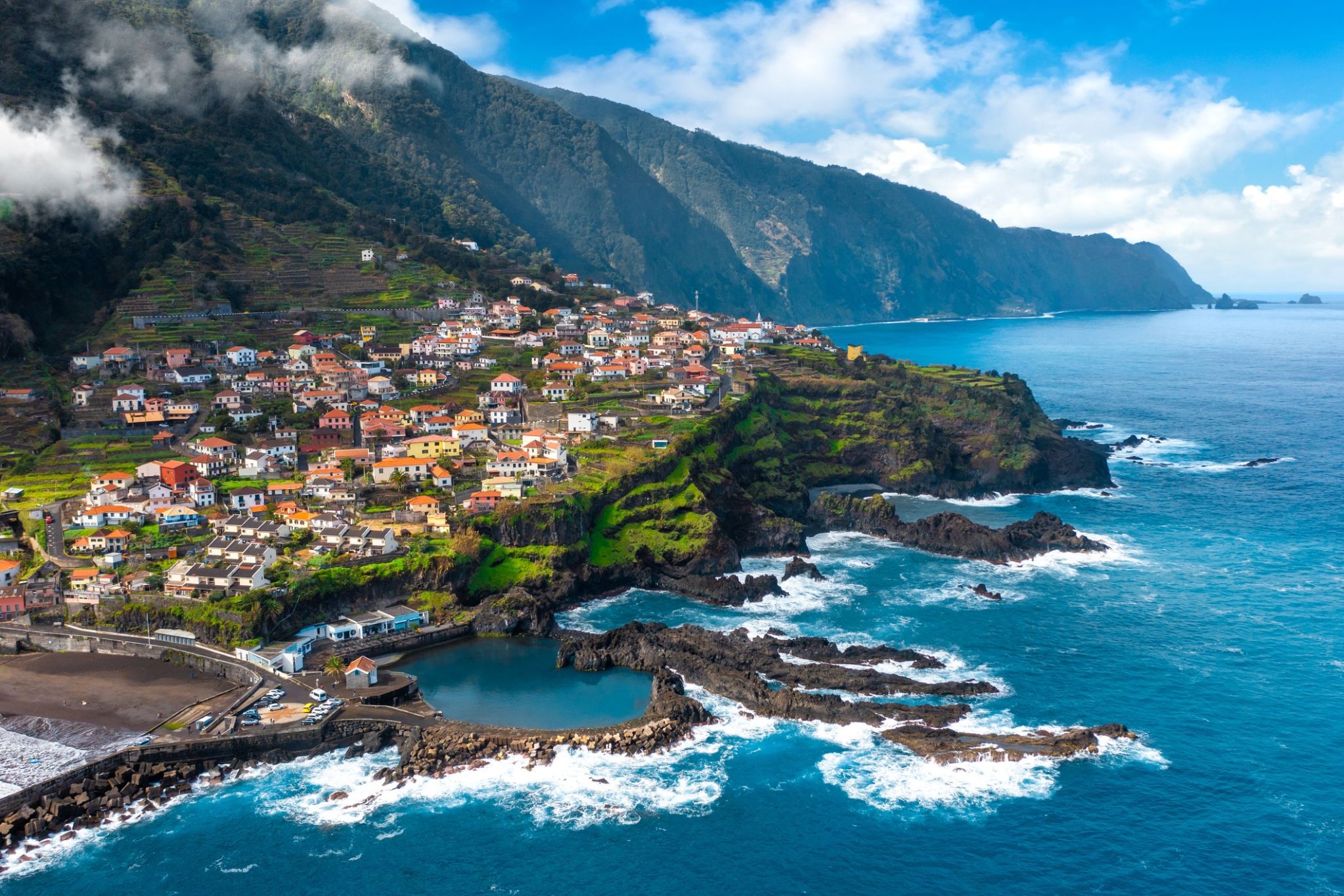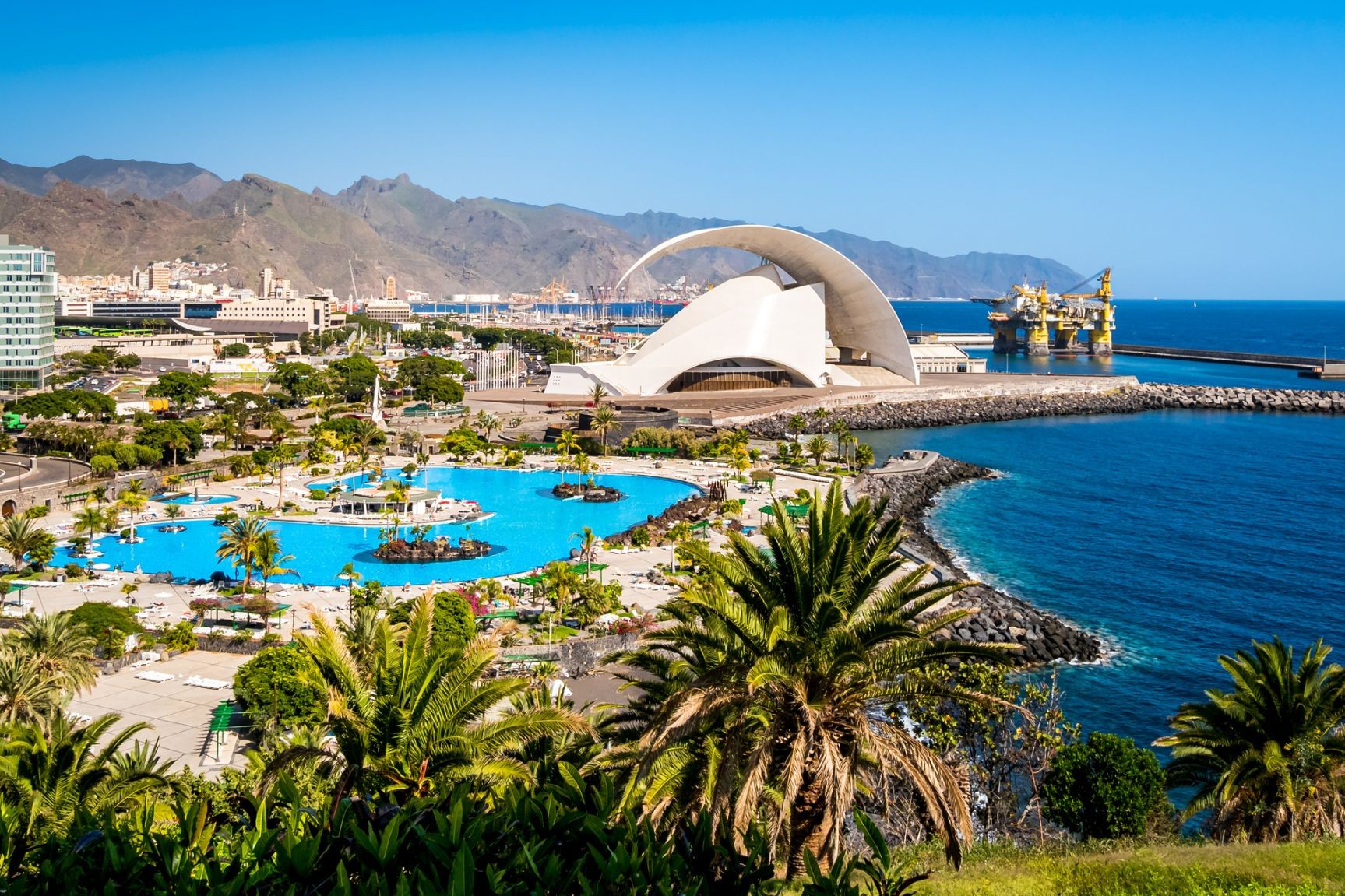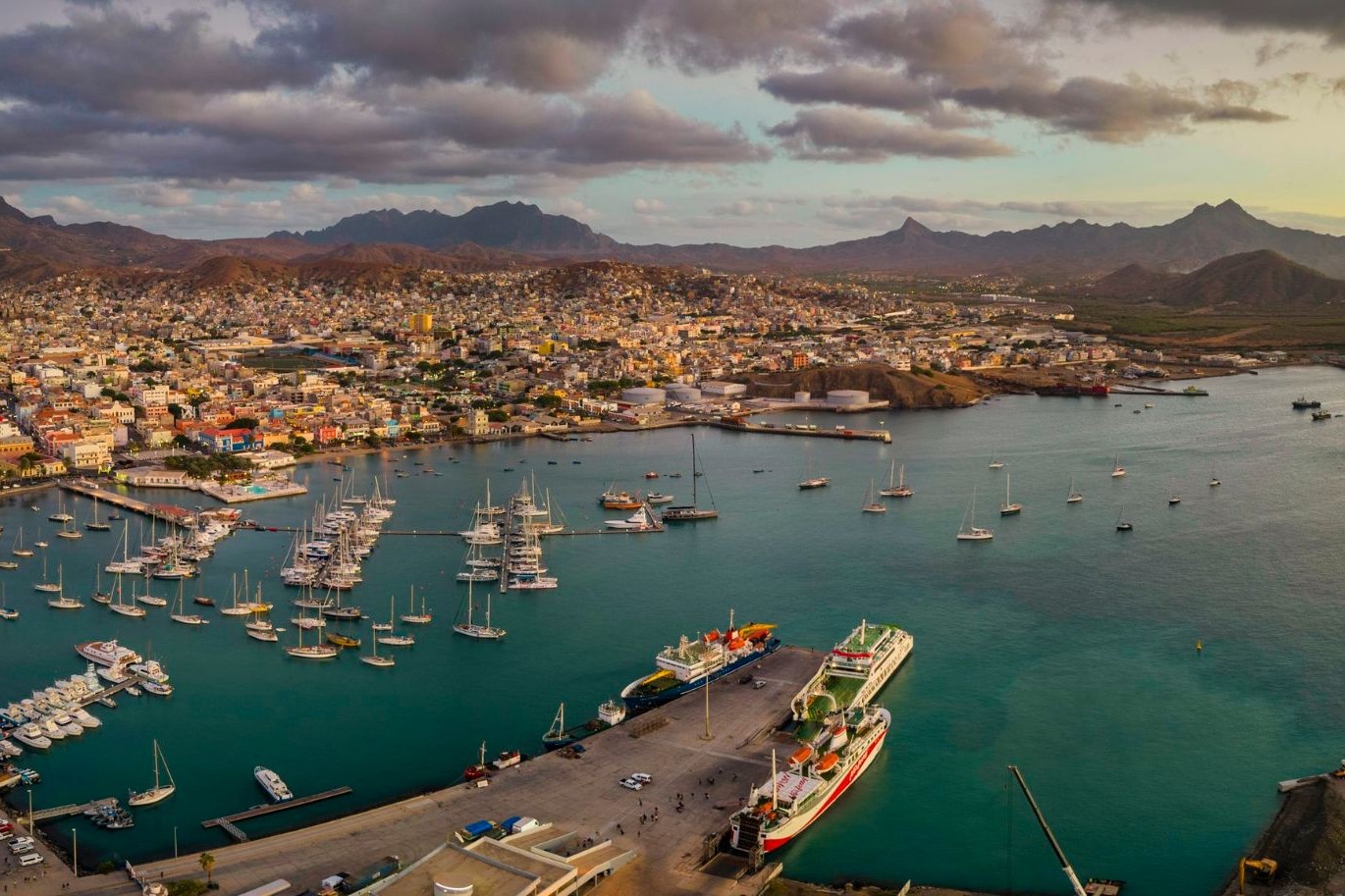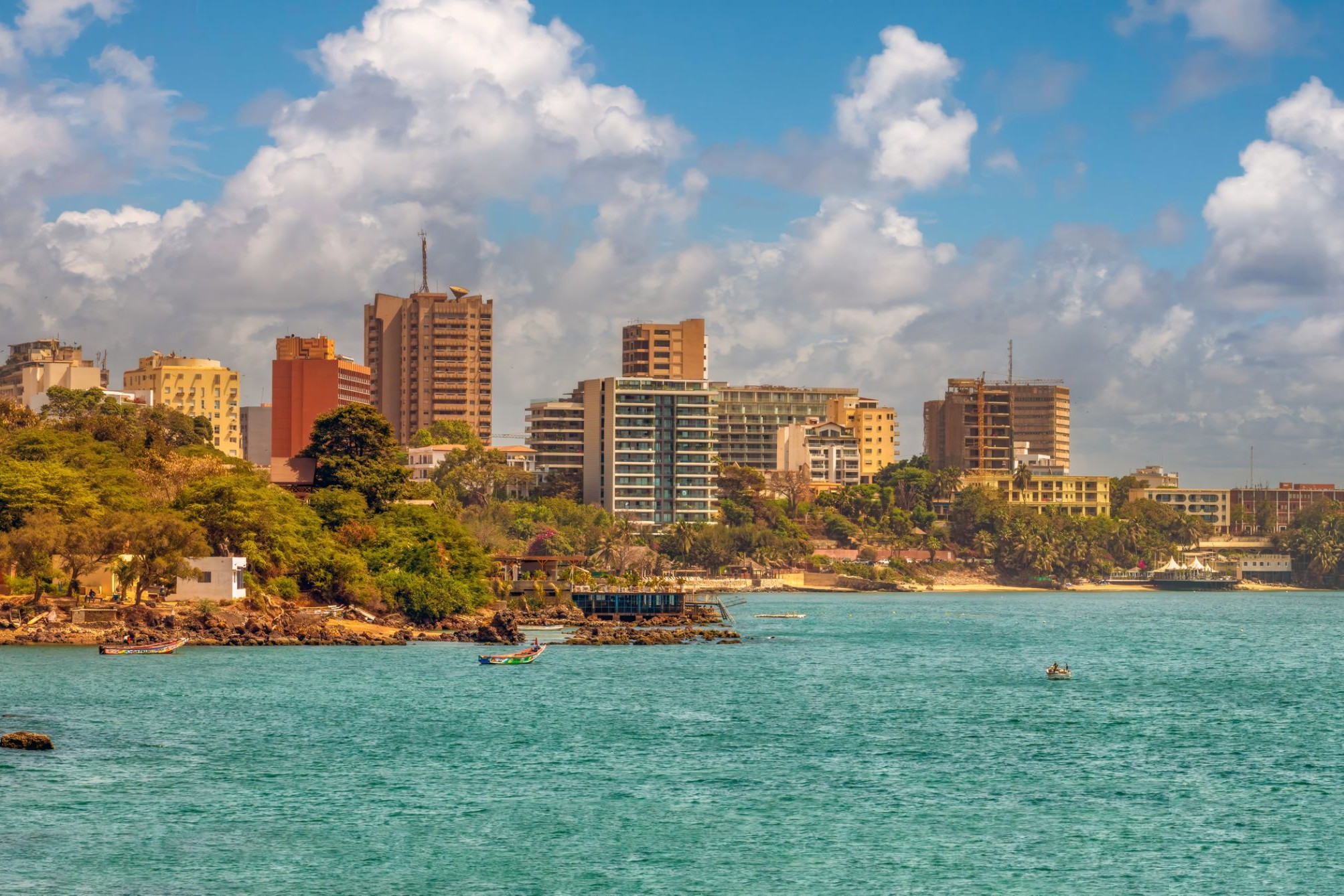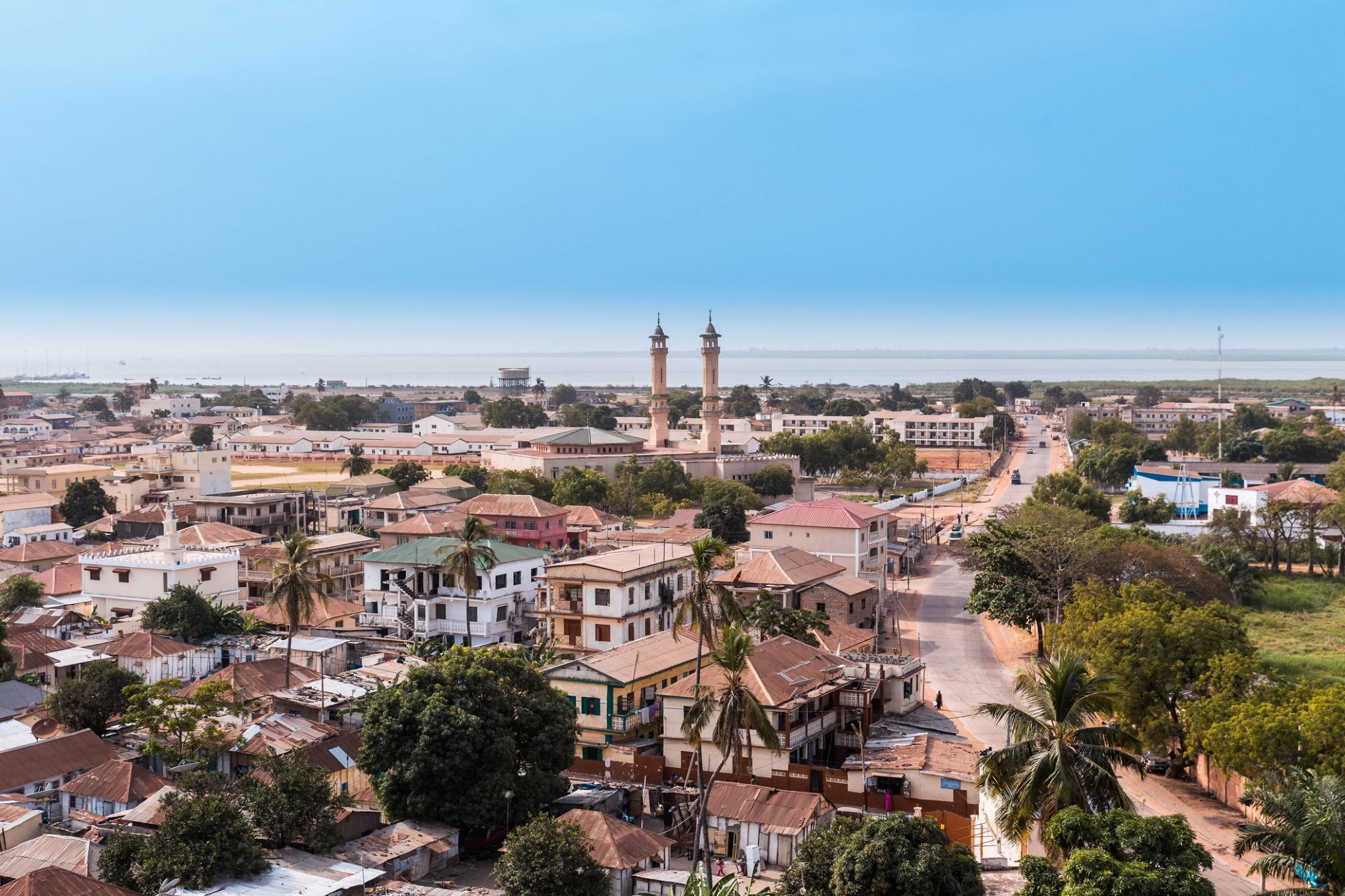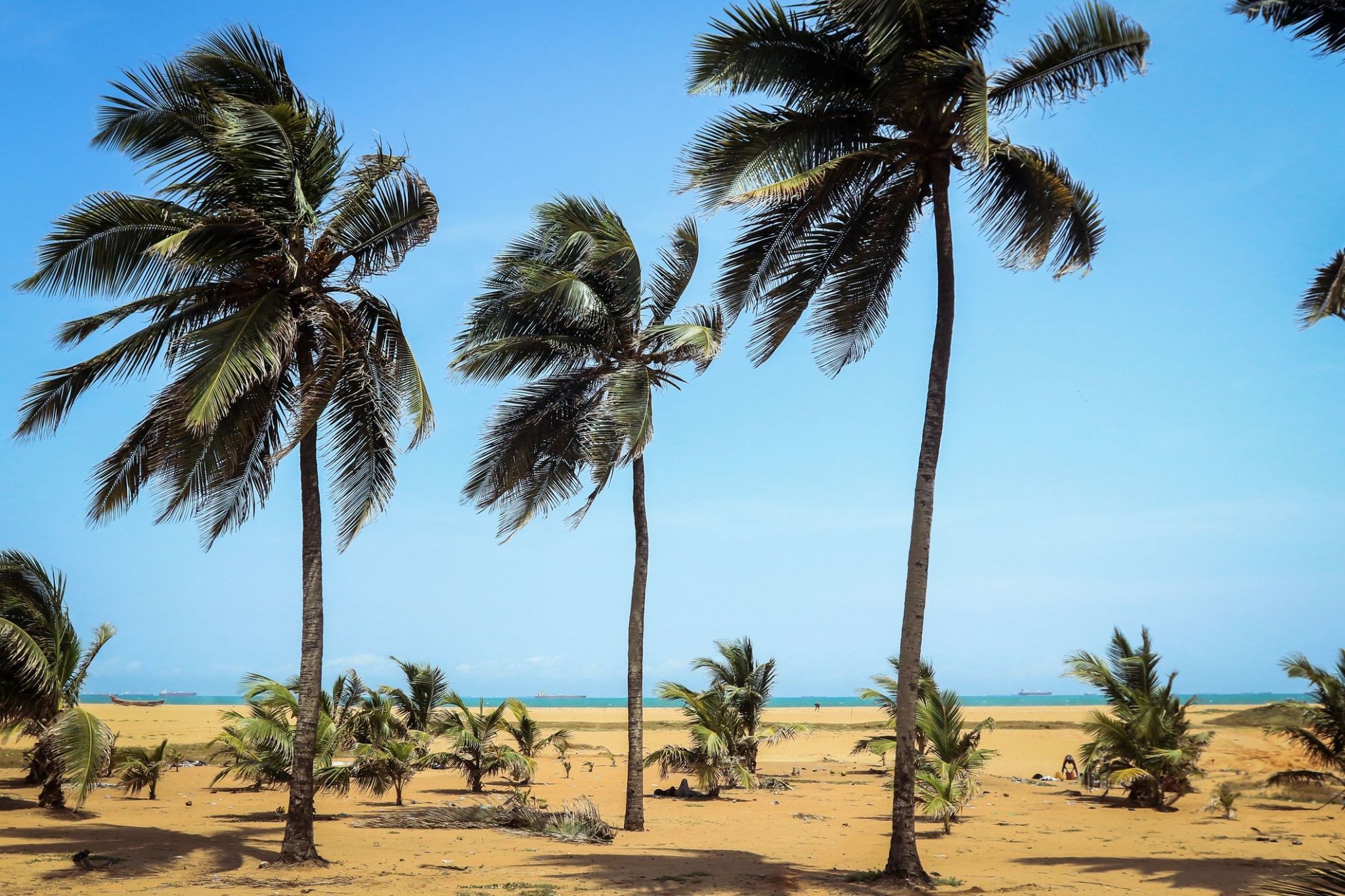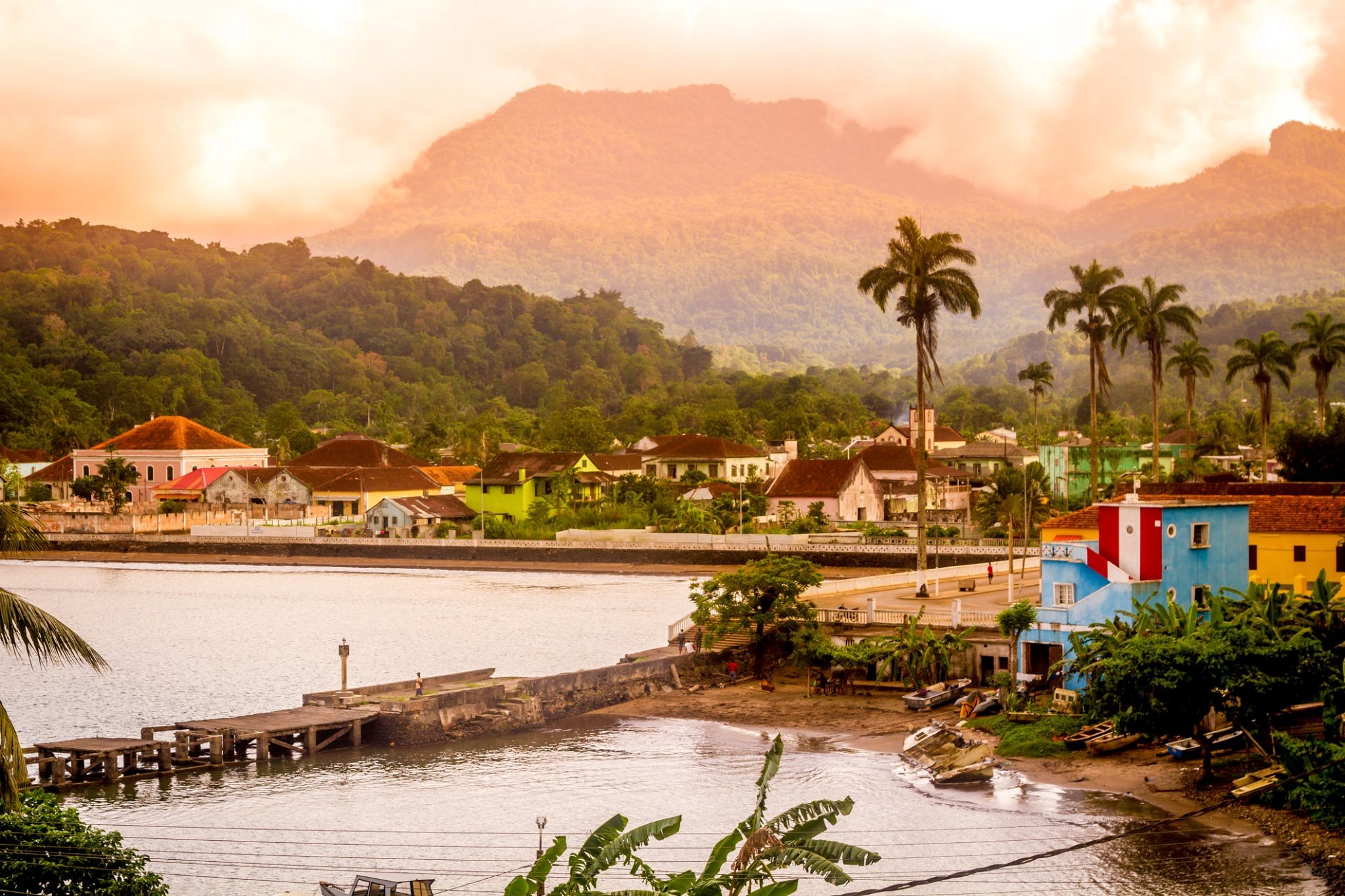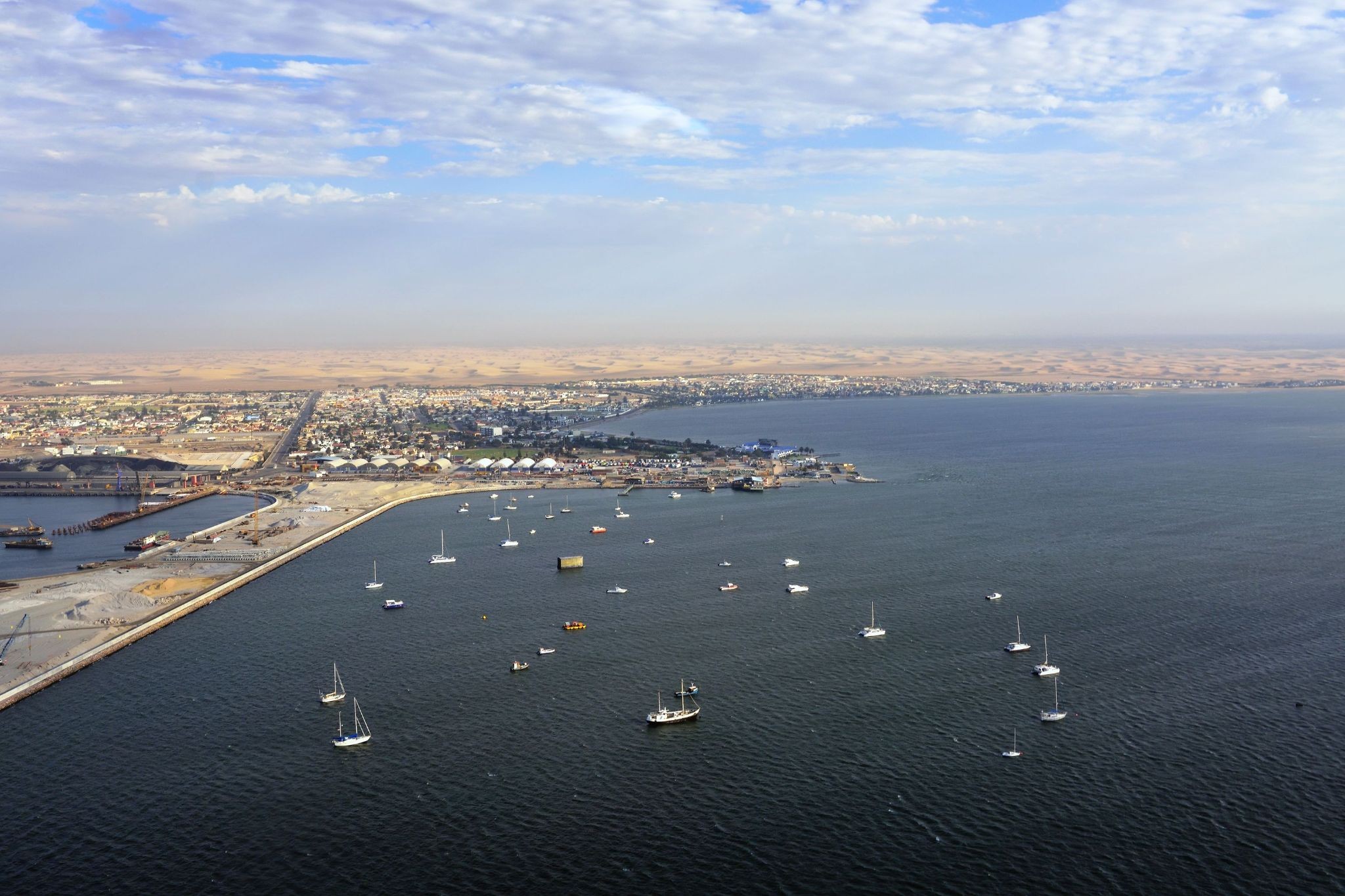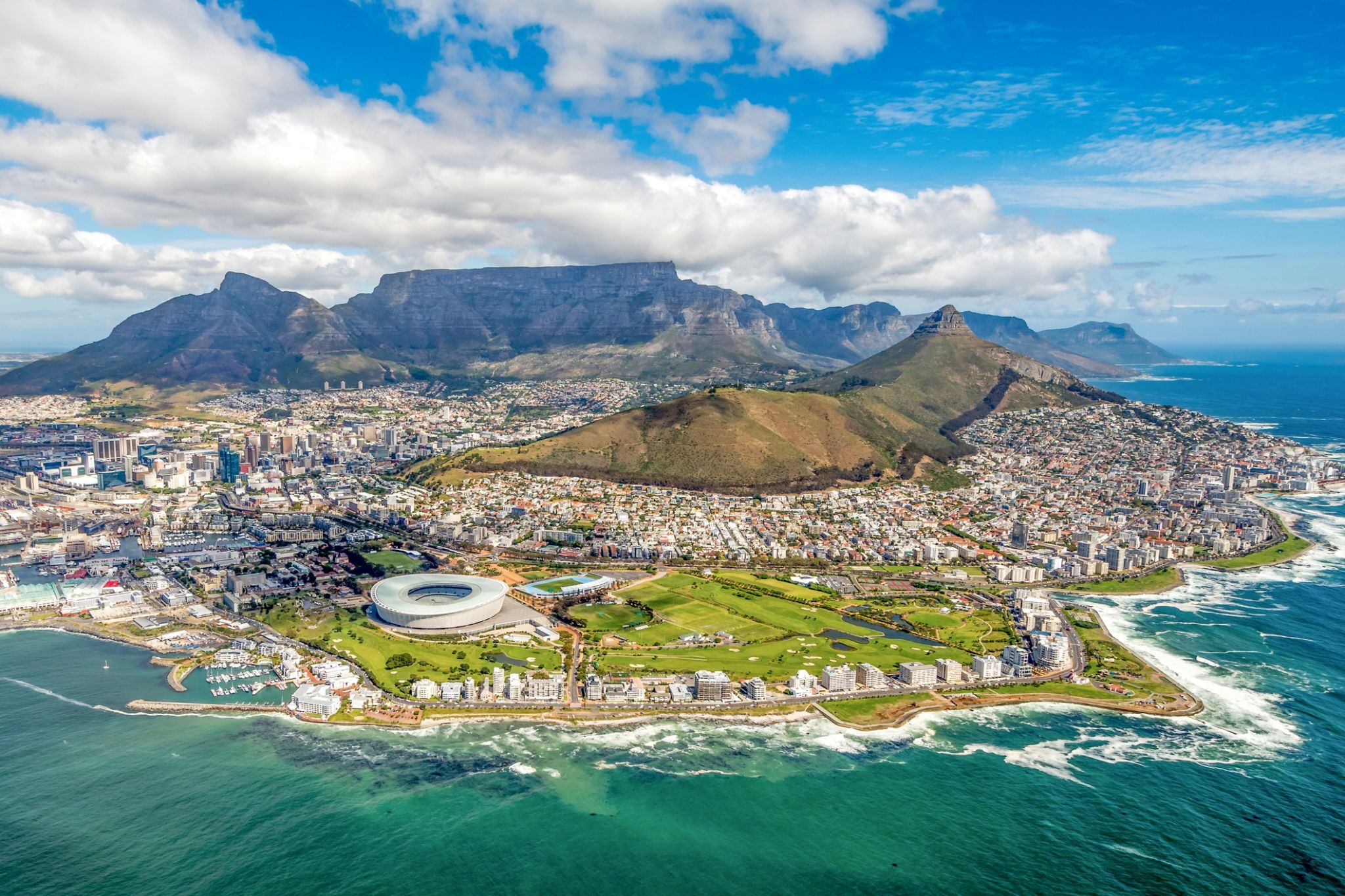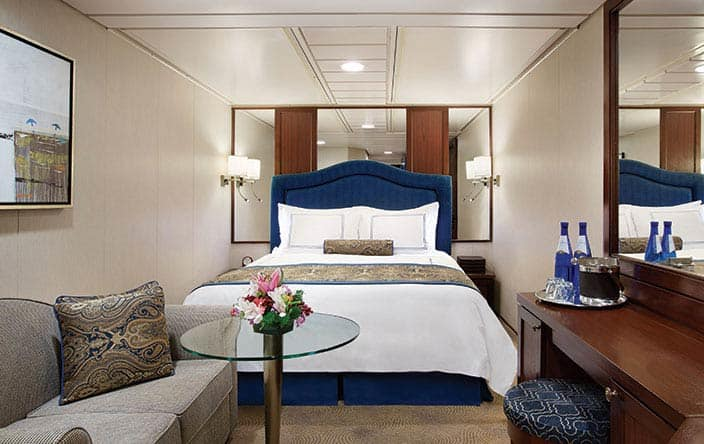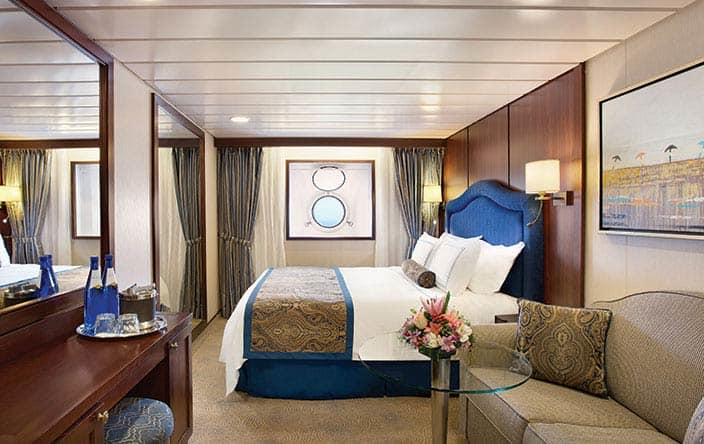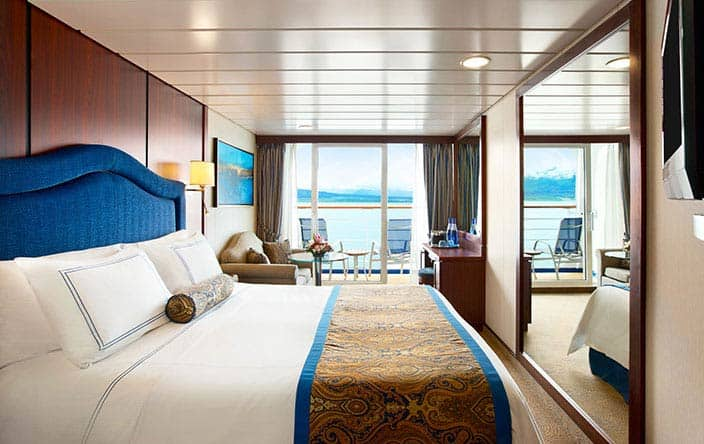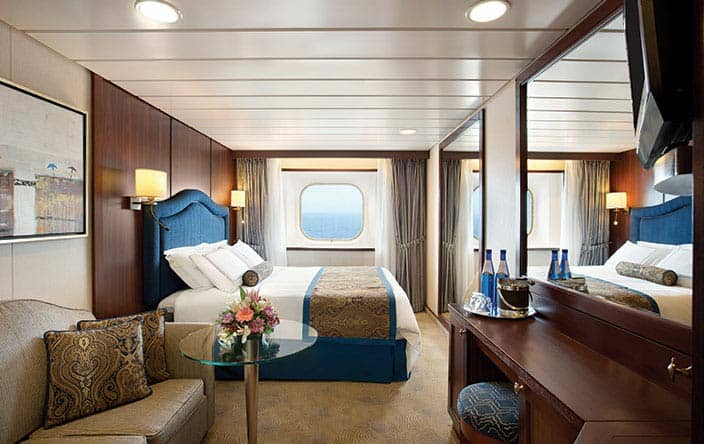
Rejs 30 941 515
Echa równikowe
| Region rejsu : Morze Śródziemne |
| Firma : Oceania Cruises |
| Statek : Sirena |
| Data rozpoczęcia : pt. 07 lis 2025 |
| Data zakończenia : wt. 02 gru 2025 |
| Liczba nocy : 25 nocy |
Harmonogram
| Dzień | Data | Port | Wypłynięcie | Odpłynięcie |
|---|---|---|---|---|
| 1 | 7.11 pt. | Lizbona / Portugalia | 18:00 | |
| 2 | 8.11 sob. | Dzień na morzu / Morze | ||
| 3 | 9.11 niedz. | Madera / Portugalia | 09:00 | 18:00 |
| 4 | 10.11 pon. | Santa Cruz, około. Teneryfa (Wyspy Kanaryjskie) / Hiszpania | 11:00 | 20:00 |
| 5 | 11.11 wt. | Santa Cruz, około. Teneryfa (Wyspy Kanaryjskie) / Hiszpania | 08:00 | 17:00 |
| 6 | 12.11 śr. | Dzień na morzu / Morze | ||
| 7 | 13.11 czw. | Dzień na morzu / Morze | ||
| 8 | 14.11 pt. | Mindelu / Cape Verde | 08:00 | 18:00 |
| 9 | 15.11 sob. | Dzień na morzu / Morze | ||
| 10 | 16.11 niedz. | Dakar / Senegal | 07:00 | 16:00 |
| 11 | 17.11 pon. | Bandżul / Gambia | 07:00 | 16:00 |
| 12 | 18.11 wt. | Dzień na morzu / Morze | ||
| 13 | 19.11 śr. | Dzień na morzu / Morze | ||
| 14 | 20.11 czw. | Abidjan / Wybrzeże Kości Słoniowej | 13:00 | 21:00 |
| 15 | 21.11 pt. | Sekondi-Takoradi / Ghana | 09:00 | 18:00 |
| 16 | 22.11 sob. | Lome / Togo | 09:00 | 18:00 |
| 17 | 23.11 niedz. | Dzień na morzu / Morze | ||
| 18 | 24.11 pon. | Sao Tome / Wyspy Świętego Tomasza i Książęcej | 07:00 | 16:00 |
| 19 | 25.11 wt. | Dzień na morzu / Morze | ||
| 20 | 26.11 śr. | Dzień na morzu / Morze | ||
| 21 | 27.11 czw. | Dzień na morzu / Morze | ||
| 22 | 28.11 pt. | Walvis Bay/Zatoka Walwis / Namibia | 11:00 | |
| 23 | 29.11 sob. | Walvis Bay/Zatoka Walwis / Namibia | 17:00 | |
| 24 | 30.11 niedz. | Dzień na morzu / Morze | ||
| 25 | 1.12 pon. | Kapsztad / South Africa | 15:00 | |
| 26 | 2.12 wt. | Kapsztad / South Africa | 16:00 |
-
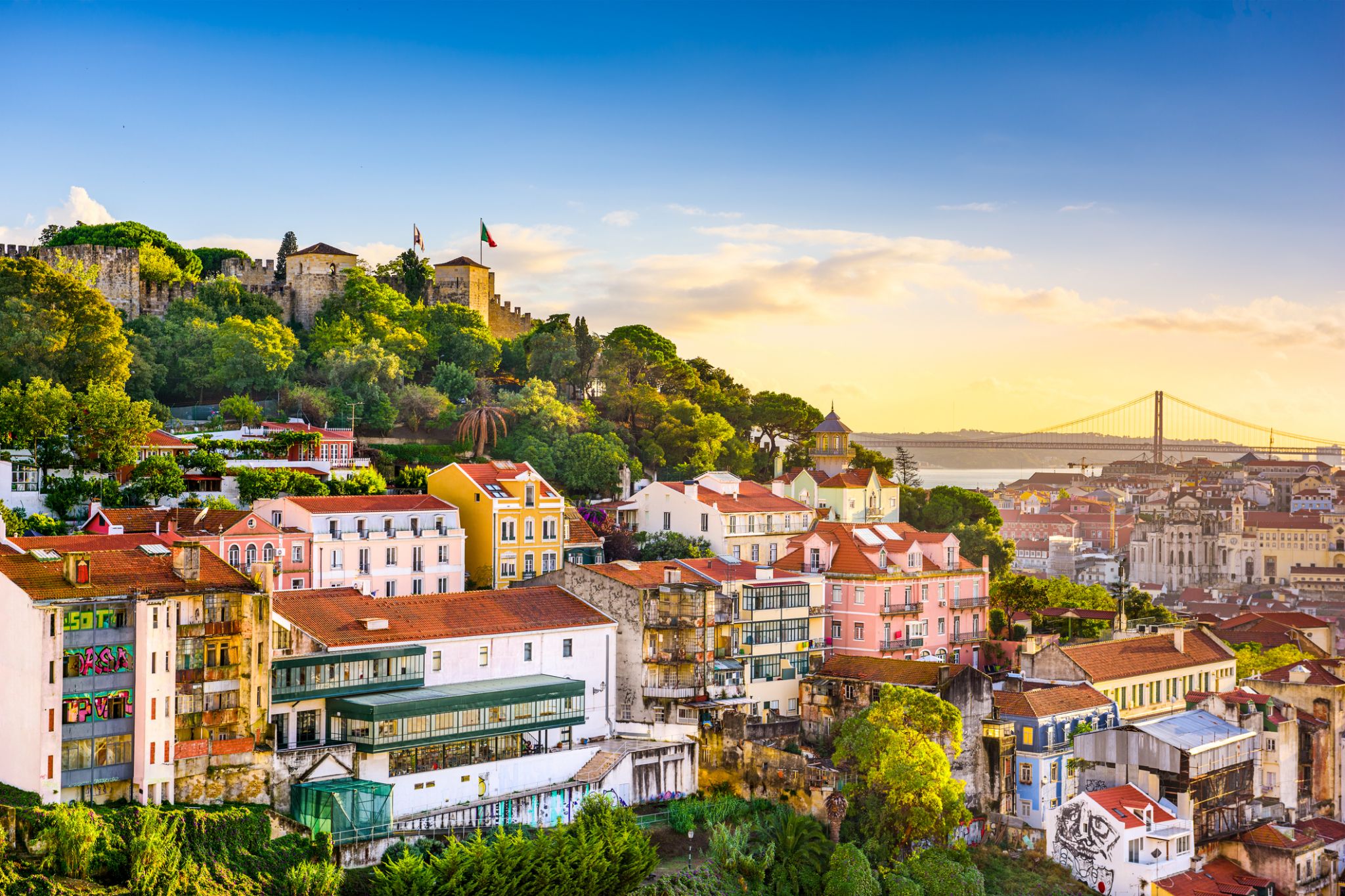 Dzień 1: 18:00
Dzień 1: 18:00Lizbona / Portugalia
Lizbona jest stolicą i największym miastem Portugalii, z szacowaną populacją 505 526 mieszkańców w granicach administracyjnych na obszarze 100,05 km². Jej obszar miejski rozciąga się poza granice administracyjne miasta i liczy około 2,8 miliona mieszkańców, co czyni go jedenastym najbardziej zaludnionym obszarem miejskim w Unii Europejskiej. Około 3 milionów ludzi mieszka w aglomeracji lizbońskiej (która stanowi około 27% populacji kraju). Jest to najbardziej wysunięta na zachód stolica kontynentalnej Europy i jedyna położona nad Oceanem Atlantyckim. Lizbona leży na zachodnim Półwyspie Iberyjskim nad Oceanem Atlantyckim i rzeką Tag. Najbardziej wysunięte na zachód obszary jej aglomeracji tworzą najbardziej wysunięty na zachód punkt kontynentalnej Europy, znany jako Cabo da Roca, położony w górach Sintra.
-
 Dzień 2:
Dzień 2:Dzień na morzu / Morze
-
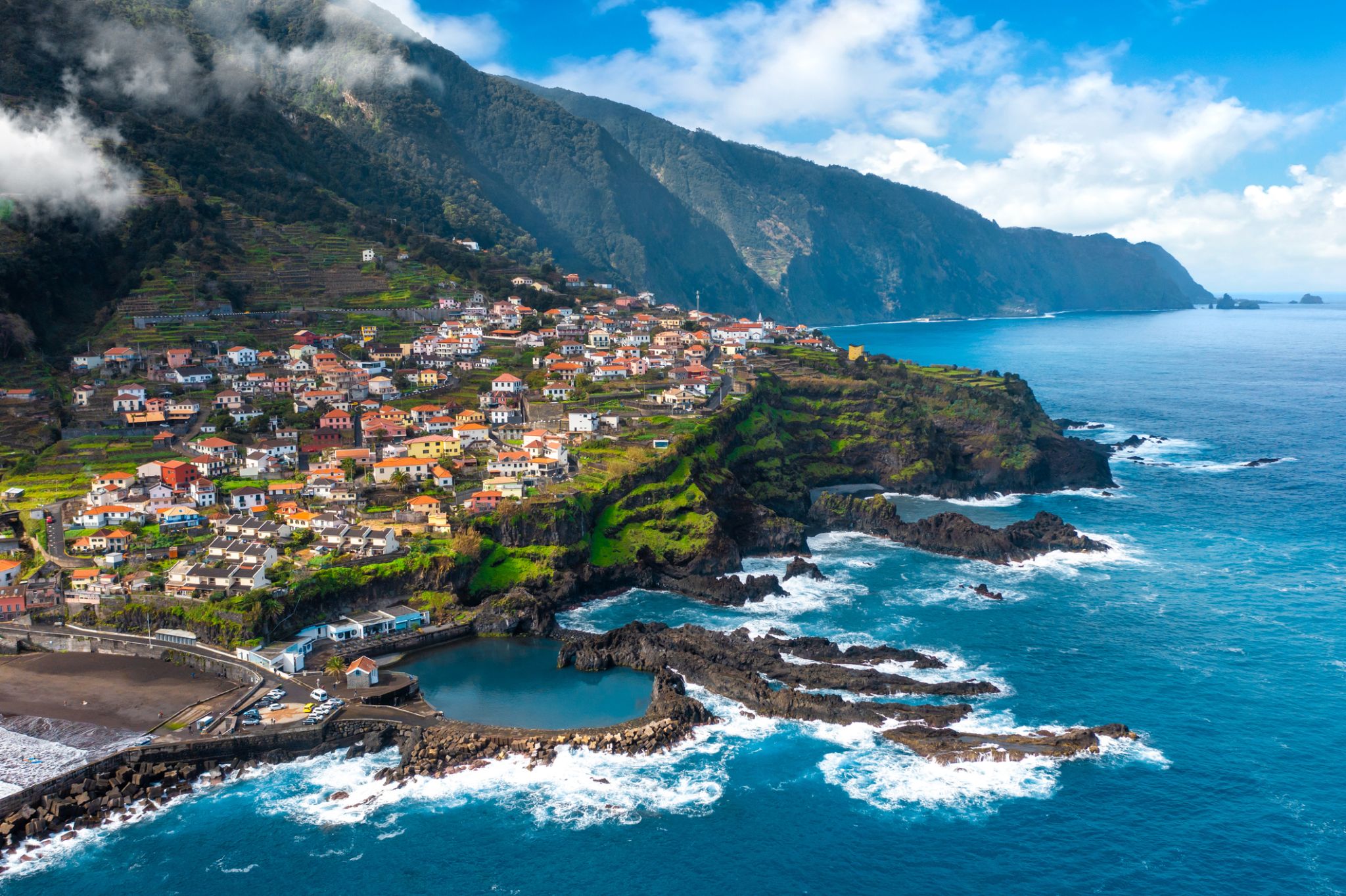 Dzień 3: 09:00-18:00
Dzień 3: 09:00-18:00Madera / Portugalia
Madeira, officially the Autonomous Region of Madeira, is one of the two autonomous regions of Portugal (along with the Azores). It is an archipelago situated in the north Atlantic Ocean, southwest of Portugal. Its total population was estimated in 2011 at 267,785. The capital of Madeira is Funchal, which is located on the main island's south coast.
The archipelago is just under 400 kilometres (250 mi) north of Tenerife, Canary Islands. Bermuda and Madeira, a few time zones apart, are the only land in the Atlantic on the 32nd parallel north. It includes the islands of Madeira, Porto Santo, and the Desertas, administered together with the separate archipelago of the Savage Islands. The region has political and administrative autonomy through the Administrative Political Statue of the Autonomous Region of Madeiraprovided for in the Portuguese Constitution. The autonomous region is an integral part of the European Union as an outermost region.
-
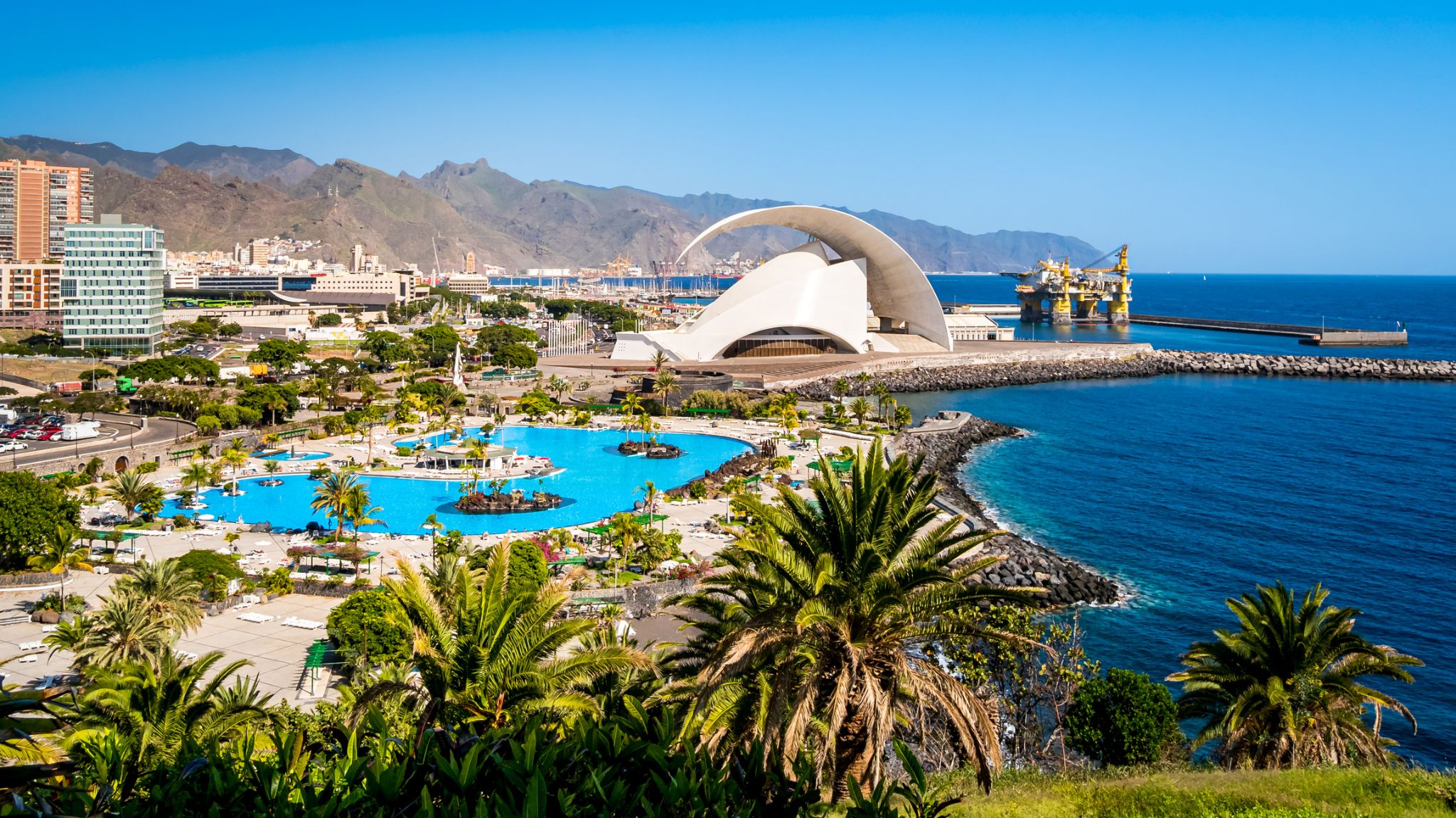 Dzień 4: 11:00-20:00
Dzień 4: 11:00-20:00Santa Cruz, około. Teneryfa (Wyspy Kanaryjskie) / Hiszpania
-
 Dzień 5: 08:00-17:00
Dzień 5: 08:00-17:00Santa Cruz, około. Teneryfa (Wyspy Kanaryjskie) / Hiszpania
-
 Dzień 6:
Dzień 6:Dzień na morzu / Morze
-
 Dzień 7:
Dzień 7:Dzień na morzu / Morze
-
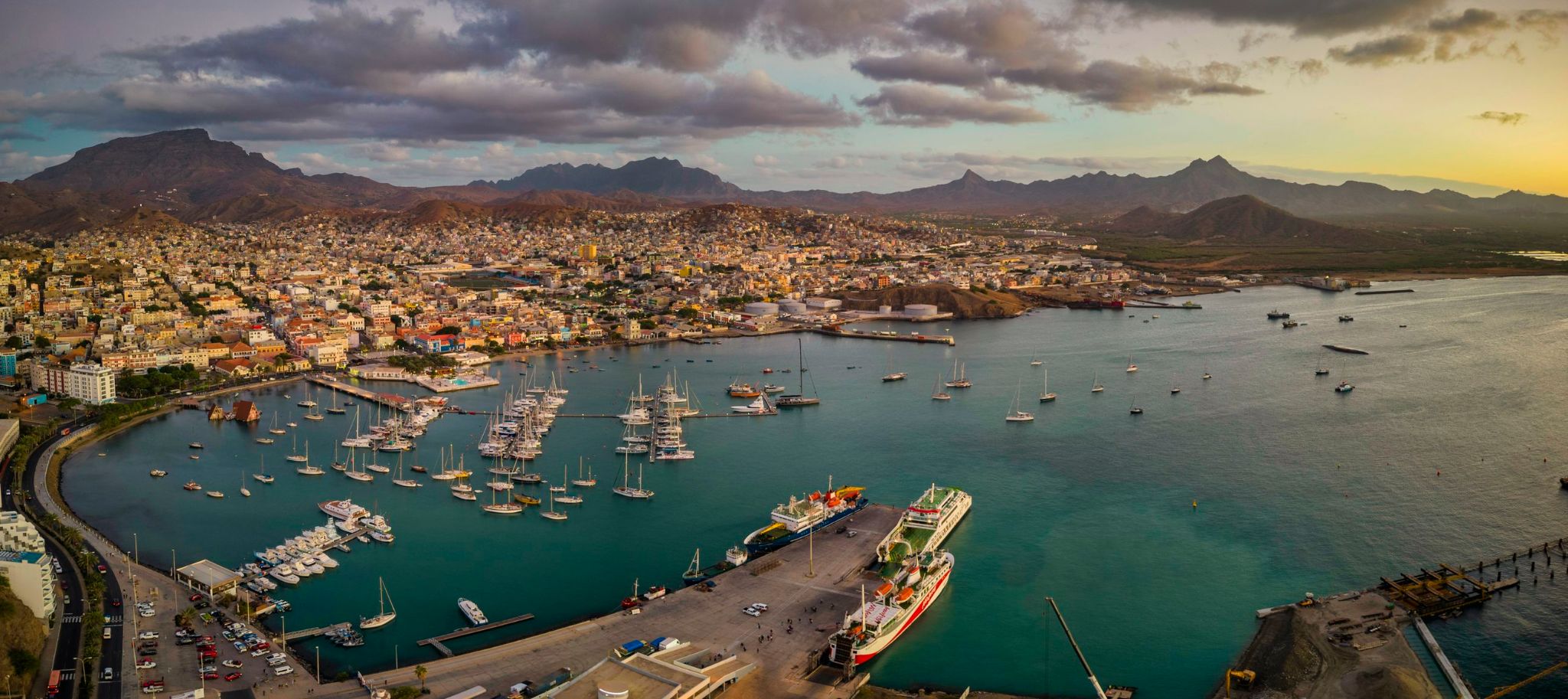 Dzień 8: 08:00-18:00
Dzień 8: 08:00-18:00Mindelu / Cape Verde
Mindelo is a port city in the northern part of the island of São Vicente in Cape Verde. Mindelo is also the seat of the parish of Nossa Senhora da Luz, and the municipality of São Vicente. The city is home to 93% of the entire island's population. Mindelo is known for its colourful and animated carnival celebrations, with roots in Portuguese traditions.
-
 Dzień 9:
Dzień 9:Dzień na morzu / Morze
-
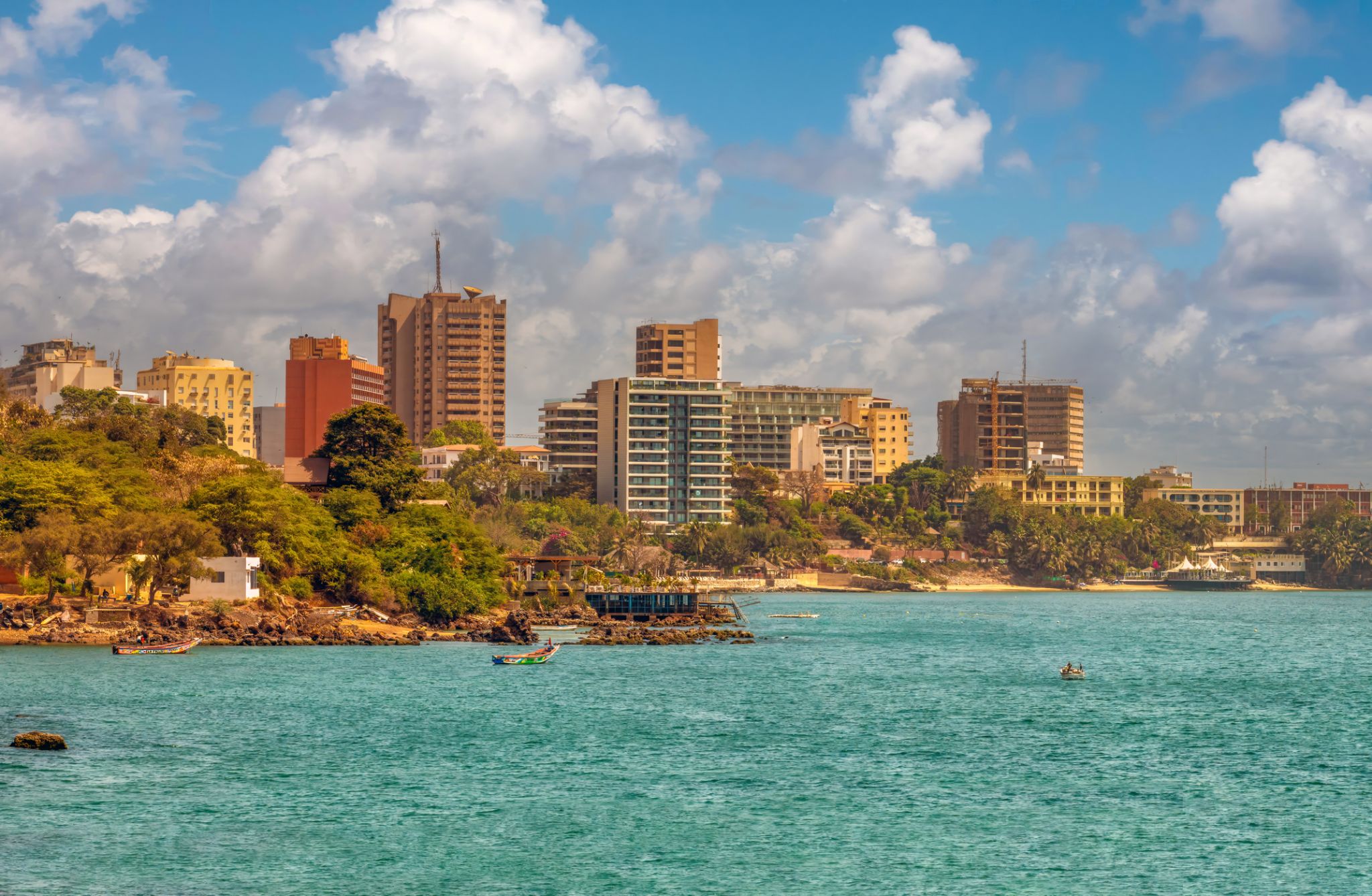 Dzień 10: 07:00-16:00
Dzień 10: 07:00-16:00Dakar / Senegal
Dakar is the capital and largest city of Senegal. It is located on the Cap-Vert peninsula on the Atlantic coast and is the westernmost city on the African mainland. The city of Dakar proper has a population of 1,030,594, whereas the population of the Dakar metropolitan area is estimated at 2.45 million.
The area around Dakar was settled in the 15th century. The Portuguese established a presence on the island of Gorée off the coast of Cap-Vert and used it as a base for the Atlantic slave trade. France took over the island in 1677. Following the abolition of the slave trade and French annexation of the mainland area in the 19th century, Dakar grew into a major regional port and a major city of the French colonial empire. In 1902, Dakar replaced Saint-Louis as the capital of French West Africa. From 1959 to 1960, Dakar was the capital of the short-lived Mali Federation. In 1960, it became the capital of the independent Republic of Senegal.
-
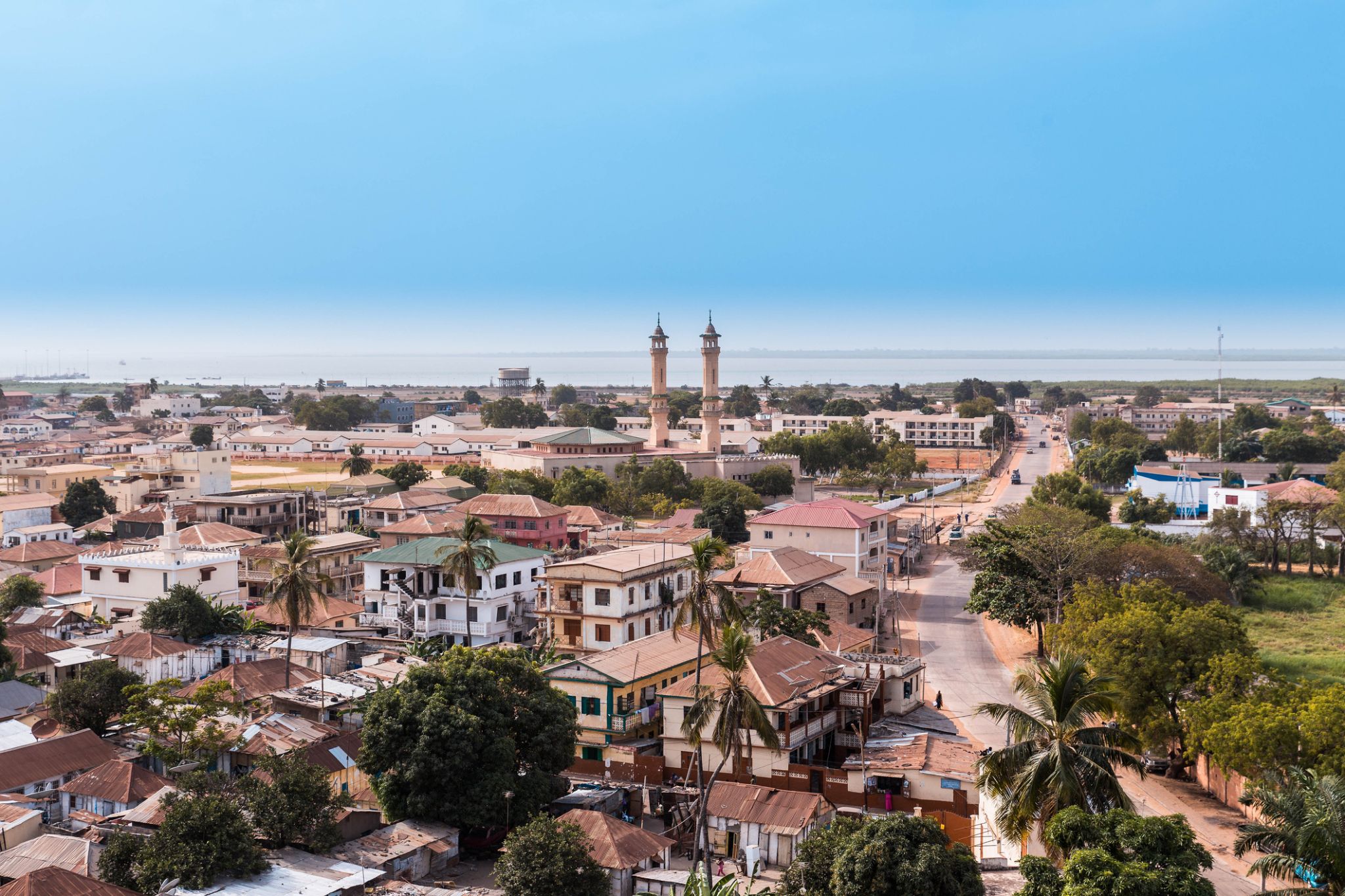 Dzień 11: 07:00-16:00
Dzień 11: 07:00-16:00Bandżul / Gambia
-
 Dzień 12:
Dzień 12:Dzień na morzu / Morze
-
 Dzień 13:
Dzień 13:Dzień na morzu / Morze
-
 Dzień 14: 13:00-21:00
Dzień 14: 13:00-21:00Abidjan / Wybrzeże Kości Słoniowej
-
 Dzień 15: 09:00-18:00
Dzień 15: 09:00-18:00Sekondi-Takoradi / Ghana
-
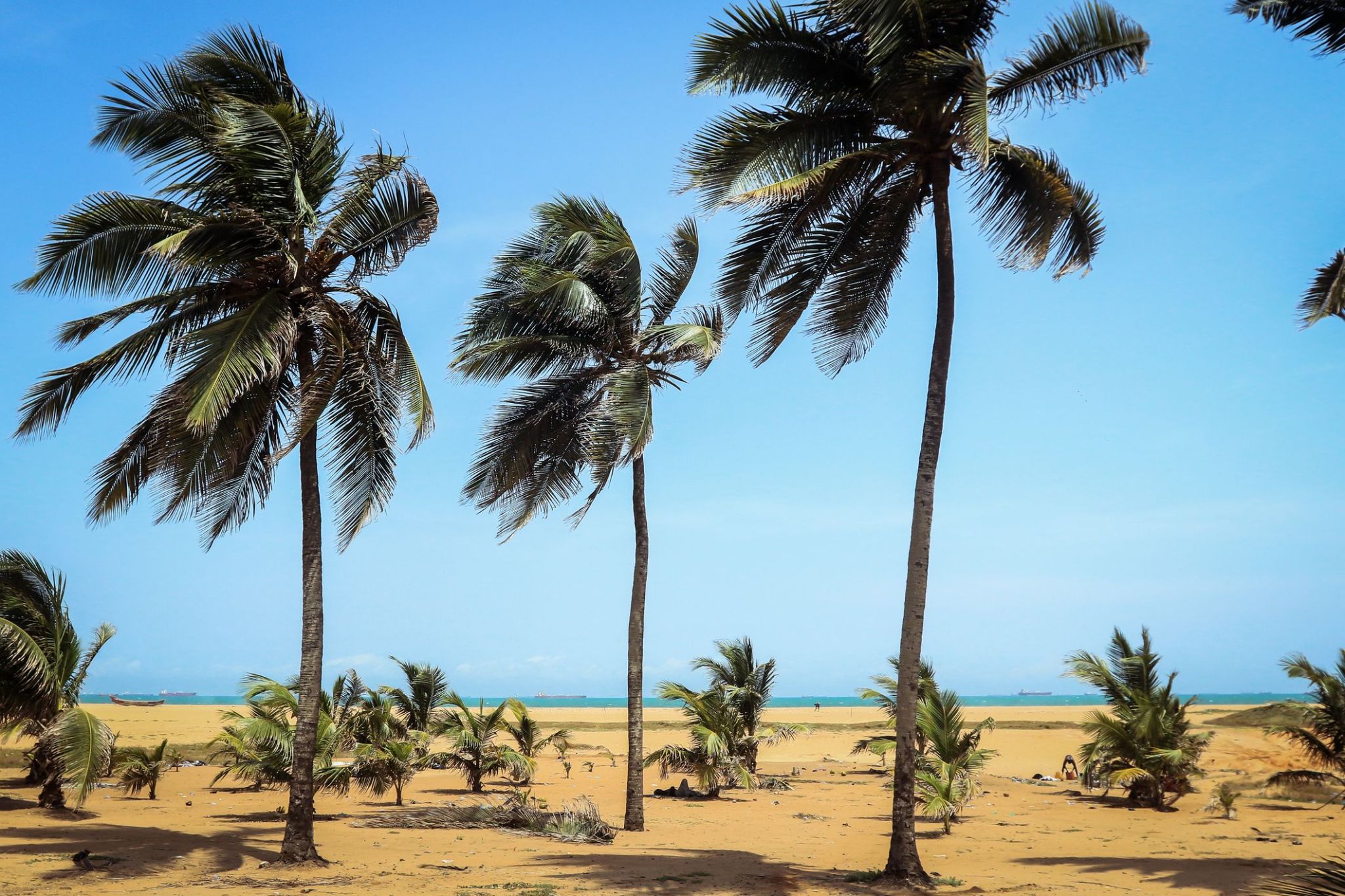 Dzień 16: 09:00-18:00
Dzień 16: 09:00-18:00Lome / Togo
Lomé is the capital and largest city of Togo. It has an urban population of 837,437[1] while there were 1,570,283 permanent residents in its metropolitan area as of the 2011 census. Located on the Gulf of Guinea, Lomé is the country's administrative and industrial center, which includes an oil refinery, and its chief port, where it exports coffee, cocoa, copra, and palm kernels.
-
 Dzień 17:
Dzień 17:Dzień na morzu / Morze
-
 Dzień 18: 07:00-16:00
Dzień 18: 07:00-16:00Sao Tome / Wyspy Świętego Tomasza i Książęcej
-
 Dzień 19:
Dzień 19:Dzień na morzu / Morze
-
 Dzień 20:
Dzień 20:Dzień na morzu / Morze
-
 Dzień 21:
Dzień 21:Dzień na morzu / Morze
-
 Dzień 22: 11:00
Dzień 22: 11:00Walvis Bay/Zatoka Walwis / Namibia
Walvis Bay — morskie wrota Namibii
Walvis Bay, położone nad Oceanem Atlantyckim w Namibii, to wyjątkowe połączenie przemysłowego portu i naturalnego raju. Miasto słynie z rozległej laguny — jednej z największych w Afryce — gdzie przez cały rok można obserwować flamingi, pelikany i inne ptaki wodne. To jedno z najlepszych miejsc w Afryce do obserwacji morskiej fauny: rejsy łodzią pozwalają dostrzec foki, delfiny, a czasem nawet wieloryby. Lagunę chętnie odwiedzają także kitesurferzy i windsurferzy dzięki stałym wiatrom i przestrzeniom wodnym.
Miasto odgrywa kluczową rolę gospodarczą jako największy port Namibii i centrum przemysłu rybnego. Walvis Bay przyciąga jednak nie tylko swoją funkcją, ale też sąsiedztwem z pustynią Namib, której słynne wydmy i księżycowe krajobrazy zaczynają się tuż za miastem. Takie niezwykłe połączenie morza i pustyni czyni to miejsce niezapomnianym punktem na mapie południowo-zachodniej Afryki.
-
 Dzień 23: 17:00
Dzień 23: 17:00Walvis Bay/Zatoka Walwis / Namibia
Walvis Bay — morskie wrota Namibii
Walvis Bay, położone nad Oceanem Atlantyckim w Namibii, to wyjątkowe połączenie przemysłowego portu i naturalnego raju. Miasto słynie z rozległej laguny — jednej z największych w Afryce — gdzie przez cały rok można obserwować flamingi, pelikany i inne ptaki wodne. To jedno z najlepszych miejsc w Afryce do obserwacji morskiej fauny: rejsy łodzią pozwalają dostrzec foki, delfiny, a czasem nawet wieloryby. Lagunę chętnie odwiedzają także kitesurferzy i windsurferzy dzięki stałym wiatrom i przestrzeniom wodnym.
Miasto odgrywa kluczową rolę gospodarczą jako największy port Namibii i centrum przemysłu rybnego. Walvis Bay przyciąga jednak nie tylko swoją funkcją, ale też sąsiedztwem z pustynią Namib, której słynne wydmy i księżycowe krajobrazy zaczynają się tuż za miastem. Takie niezwykłe połączenie morza i pustyni czyni to miejsce niezapomnianym punktem na mapie południowo-zachodniej Afryki.
-
 Dzień 24:
Dzień 24:Dzień na morzu / Morze
-
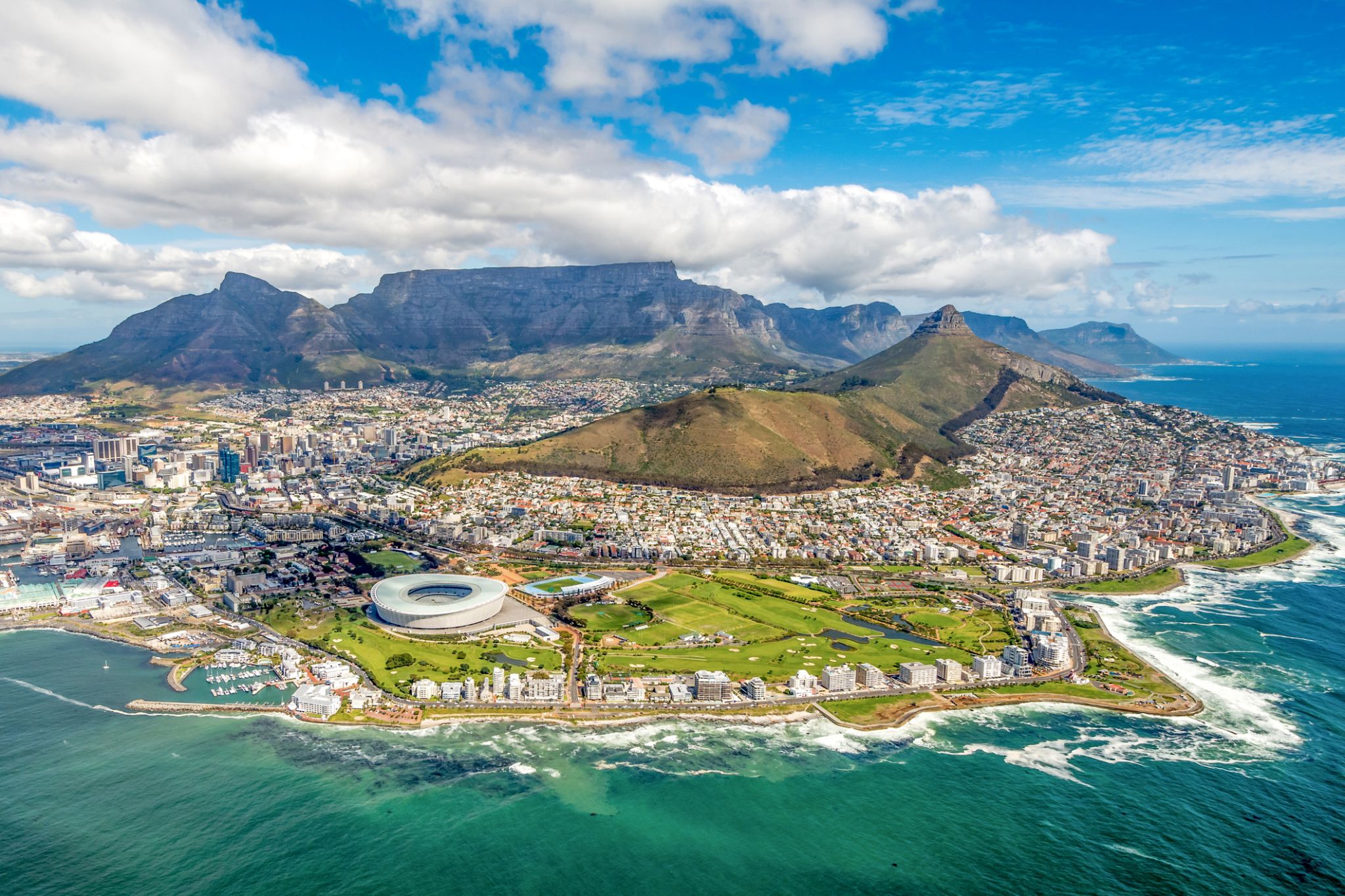 Dzień 25: 15:00
Dzień 25: 15:00Kapsztad / South Africa
Cape Town is the oldest city in South Africa, colloquially named the Mother City. It is the legislative capital of South Africa and primate city of the Western Cape province. It forms part of the City of Cape Town metropolitan municipality.
The Parliament of South Africa sits in Cape Town. The other two capitals are located in Pretoria (the administrative capital where the Presidency is based) and Bloemfontein (the judicial capital where the Supreme Court of Appeal is located). The city is known for its harbour, for its natural setting in the Cape Floristic Region, and for landmarks such as Table Mountain and Cape Point. As of 2014, it is the 10th most populous city in Africa and home to 64% of the Western Cape's population. It is one of the most multicultural cities in the world, reflecting its role as a major destination for immigrants and expatriates to South Africa. The city was named the World Design Capital for 2014 by the International Council of Societies of Industrial Design. In 2014, Cape Town was named the best place in the world to visit by both The New York Times and The Daily Telegraph.
Located on the shore of Table Bay, Cape Town, as the oldest urban area in South Africa, was developed by the Dutch East India Company (VOC) as a supply station for Dutch ships sailing to East Africa, India, and the Far East. Jan van Riebeeck's arrival on 6 April 1652 established Dutch Cape Colony, the first permanent European settlement in South Africa. Cape Town outgrew its original purpose as the first European outpost at the Castle of Good Hope, becoming the economic and cultural hub of the Cape Colony. Until the Witwatersrand Gold Rush and the development of Johannesburg, Cape Town was the largest city in South Africa.
-
 Dzień 26: 16:00
Dzień 26: 16:00Kapsztad / South Africa
Cape Town is the oldest city in South Africa, colloquially named the Mother City. It is the legislative capital of South Africa and primate city of the Western Cape province. It forms part of the City of Cape Town metropolitan municipality.
The Parliament of South Africa sits in Cape Town. The other two capitals are located in Pretoria (the administrative capital where the Presidency is based) and Bloemfontein (the judicial capital where the Supreme Court of Appeal is located). The city is known for its harbour, for its natural setting in the Cape Floristic Region, and for landmarks such as Table Mountain and Cape Point. As of 2014, it is the 10th most populous city in Africa and home to 64% of the Western Cape's population. It is one of the most multicultural cities in the world, reflecting its role as a major destination for immigrants and expatriates to South Africa. The city was named the World Design Capital for 2014 by the International Council of Societies of Industrial Design. In 2014, Cape Town was named the best place in the world to visit by both The New York Times and The Daily Telegraph.
Located on the shore of Table Bay, Cape Town, as the oldest urban area in South Africa, was developed by the Dutch East India Company (VOC) as a supply station for Dutch ships sailing to East Africa, India, and the Far East. Jan van Riebeeck's arrival on 6 April 1652 established Dutch Cape Colony, the first permanent European settlement in South Africa. Cape Town outgrew its original purpose as the first European outpost at the Castle of Good Hope, becoming the economic and cultural hub of the Cape Colony. Until the Witwatersrand Gold Rush and the development of Johannesburg, Cape Town was the largest city in South Africa.

